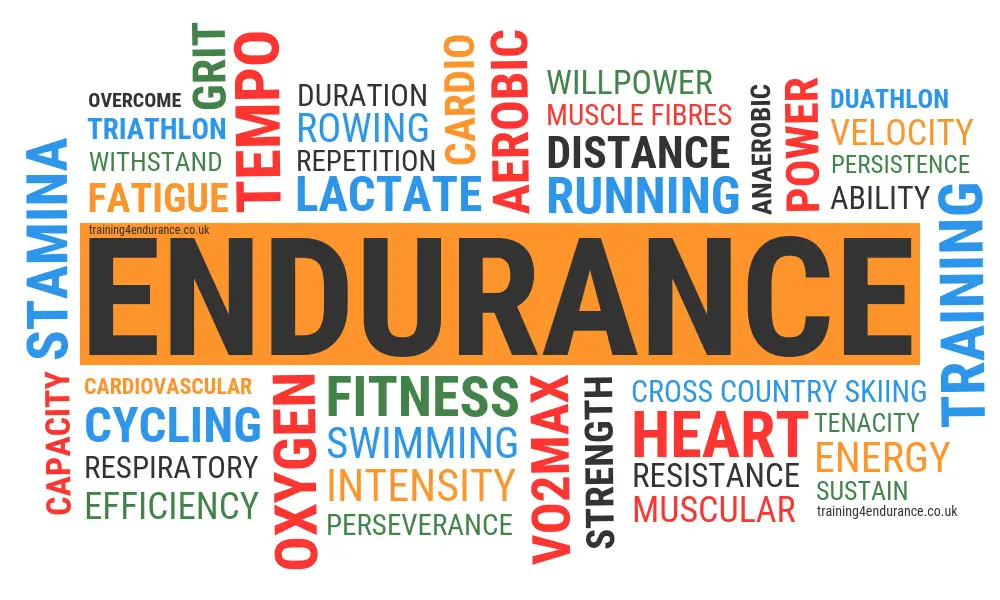

Examples of physical activities that are considered endurance workouts that aren’t running include: Luckily for those who aren’t runners-which is perfectly okay, as running can be very tough on the body and it’s not for everyone-there are a myriad of ways to work your endurance. When we say “endurance training,” what workout do you think of first? What kind of endurance exercises can I do?
#Endurance training full
Pretty soon, your 10 minutes of endurance exercise will turn into a full 45 minute workout, you just have to believe in yourself and take the steps to build up your cardiovascular endurance strength. Make sure you’re working toward a bigger goal and your body will thank you for it.

It’s important for you to work your way toward 2.5-5 hours of weekly exercise, but don’t be discouraged if all you can do at first is 10 minutes at a time a few days a week. According to a Harvard study, walking three miles a week could result in a 10% reduction risk of heart disease-that’s pretty amazing for something that could also help you ground yourself in the present, connect with your neighborhood, and provide a little self-care. According to the US Department of Health and Human Services, you should get 2.5-5 hours of moderate – intense activity per week.

The American Heart Association recommends 2.5 hrs of moderate – vigorous activity per week. If you’ve never tried endurance training, something as simple as a 10-minute walk is a fantastic way to get started. If you’ve been running marathons your whole life, you probably enjoy running enough to make endurance training a significant part of your routine. Your fitness journey is personal, so the amount of training that’s right for you might not be right for someone else. Endurance training can reduce your likelihood of developing illnesses like diabetes, stroke, and heart disease, and it’s never too late to start training for your health. This type of workout can actually increase longevity. And while we can certainly do endurance training with weights, it is more commonly associated with “aerobic” fitness. Not to mention, it supports recovery time for those instances where we may push a little too far and face an injury.Īccording to the American Heart Association, endurance training keeps your heart, lungs, and circulatory systems healthy. With endurance training, we’re able to resist future stress or injury on the body parts that we train. Why Is Endurance Training Important?Īt the core of endurance is the idea that the more we can sustain a level of exertion, the stronger we get over time. We recommend starting small and working your way up, but we will get to that a little later. And, as with most things, it gets a little easier with time. Endurance is the ability of any organism to exert itself and maintain that exertion for long periods of time.Įndurance exercises are generally characterized by their ability to increase your heart and breathing rates. So, What Is Endurance Training?Įndurance training is a form of exercising that is done to-you guessed it-increase endurance. Don’t be afraid-while this type of exercise is often associated with marathon runners and triathletes, it really doesn’t have to be as serious as you think.Įndurance training is important not only for high-performance athletes, it’s important for everyone. Here, we’re going to focus on endurance training. In order to have a balanced, healthy body, we need to have a fitness routine that incorporates them all. There are 4 primary types of exercise: strength, balance, flexibility, and endurance.


 0 kommentar(er)
0 kommentar(er)
